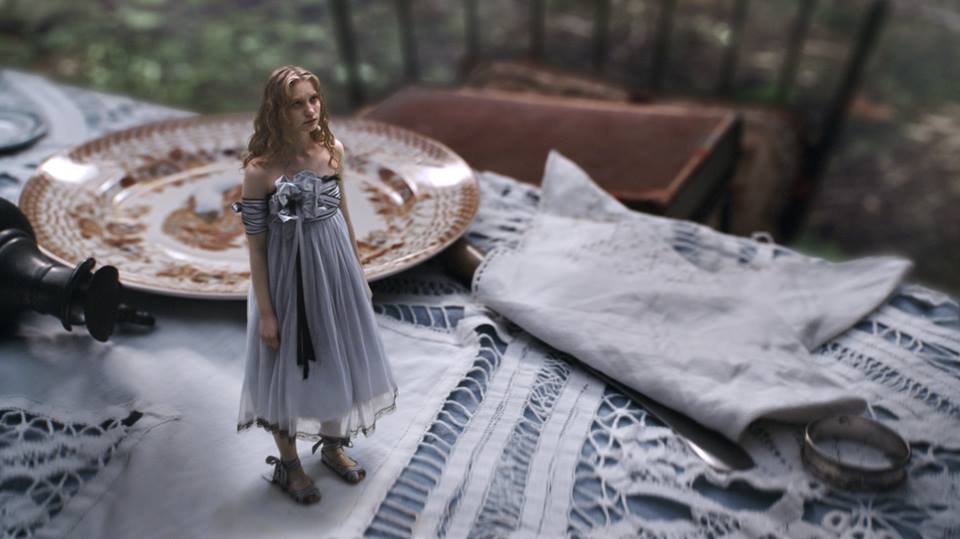HOLLYWOOD—I know plenty of critics outright panned the sequel “Alice Through the Looking Glass,” but I beg to differ. Now, this movie in no way is perfect, while it lacks that whimsical charm and promise that its predecessor bestowed onto the American public back in 2010, it has glimmers of hope. We’ve all heard the fairy tale involving Alice in Wonderland, but that flick brought movie lovers into a world that left people wowed.
Of course, when a movie is critically revered and brings massive loads of money at the box-office, plans are a sequel would soon arrive. Fast-forward to 2016, and we have “Alice Through the Looking Glass.” The flick sees the reunion of notable players including Alice (Mia Wasikowska), the Mad Hatter (Johnny Depp), the White Queen (Anne Hathaway) and the Red Queen (Helena Bonham Carter). I would argue first and foremost this movie is centered on Alice and her growth as an adult.
The movie opens with Alice returning home to London after a few years of sailing on the high seas. When she finds out her ex-fiancé Hamish (Leo Bill) has taken over her dad’s business and wants his ship as well, it leaves Alice in disarray. Unable to grapple with the pressures of the present, Alice retreats to mirror which takes her back to Underland.
She is reunited with her old pals who are quite happy to see her, but she soon discovers that chaos has emerged because the Mad Hatter is acting a bit madder than usual. When he conveys that the only thing that can return normalcy is finding his family, Alice sets out on a dangerous mission to return to the past to alter the present and perhaps the future.
I will acknowledge it was evident that Depp is a bit player this time around compared to his role in previous flick. He’s present, but not as much as one would expect or hope for. The same notion can be echoed for the White Queen and the Red Queen, whose rivalry plays a big factor in how the narrative plays out.
On a visual front, “Alice Through the Looking Glass” is just as intriguing and fun as its predecessor, while watching the flick in 2D, I questioned if the visuals would be as eye-popping if I had watched it in 3D. Note: “Alice in Wonderland” might be one of the best 3D animated flicks I’ve ever seen. That was a film that utilized the three-dimensional element to amplify the narrative punches that movie delivered.
The biggest problem with this sequel is that it has those moments of drab; you get slightly bored, and I will admit I feel asleep for about 5 minutes as the movie transitioned from the second act to the third act. It was almost like the writers weren’t quite sure how to make a seamless transition, which presented a feeling of a forced narrative.
A central theme throughout the movie is the importance of aging, but also understanding how past experiences truly shaped individuals in the present. As much as one would like to forget something traumatic from the past, you can never truly forget it, but facing the issue head-on makes a difference in how you perceive things. Kids will be enchanted by the visuals and the ‘world’ the movie creates to suture the audience, while adults might have more difficulty in my opinion.
While the flick is uneven at times, “Alice Through the Looking Glass” asks the question most of us ask ourselves time and time again: if you could change the past or alter time would you? Most of us think about it, but this movie raises the warnings of what could happen if you go down that slippery slope.






